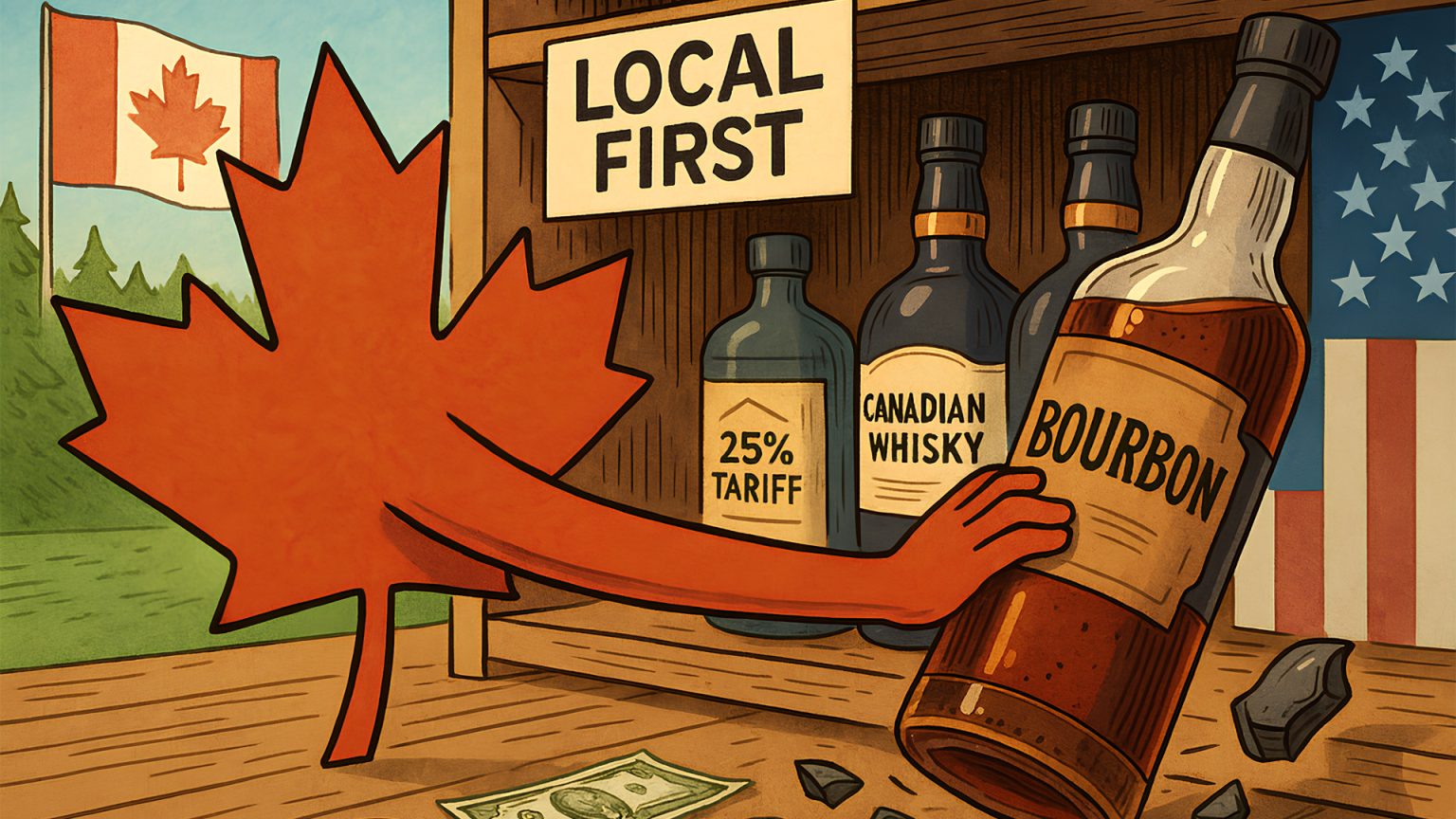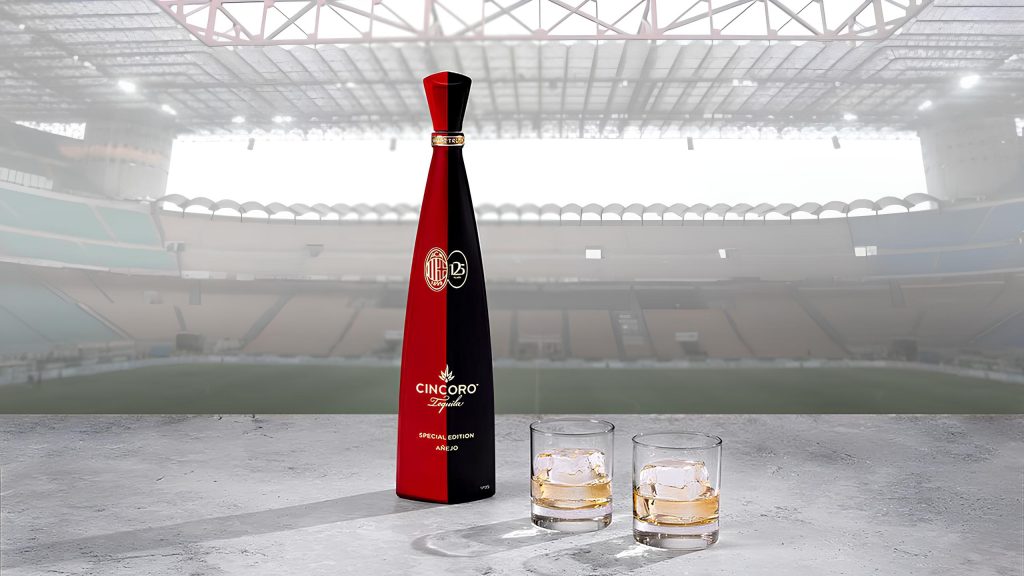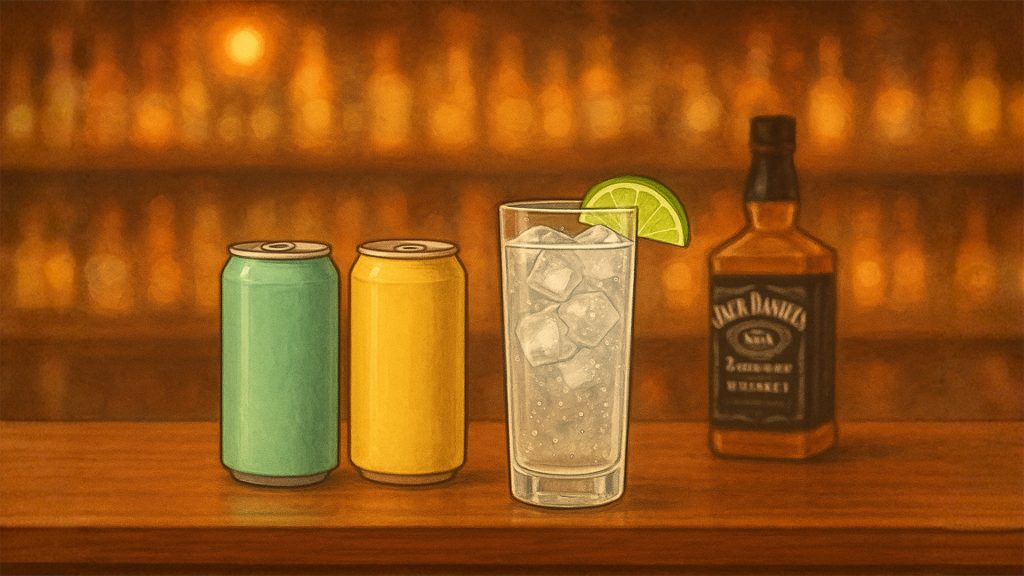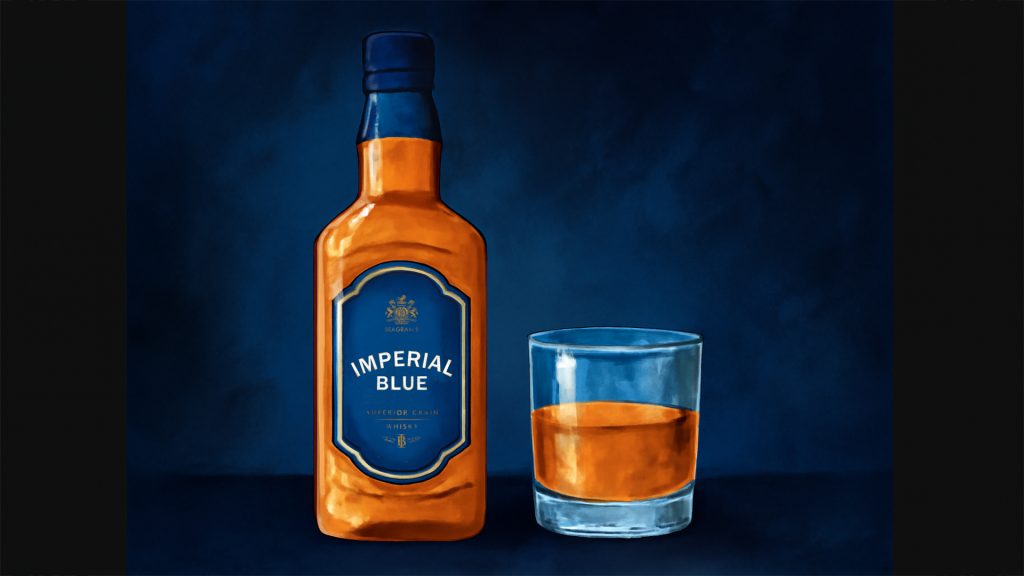A symbolic sweep: Canada’s “shelf retaliation” leaves American bourbons teetering, and trade ties shaken.
A trade spat between two of North America’s closest spirits markets has spiraled into a commercial showdown, leaving American spirits brands battered and Canadian shelves eerily bare. Since March 5, 2025, when most Canadian provinces yanked U.S. alcohol from retail in retaliation to U.S. tariffs, sales of American spirits in Canada have cratered by 66.3%, according to Spirits Canada. The fallout has slashed total spirits sales by 12.8%, with Canadian producers down 6.3% and other imports off 8.2%. This isn’t just a diplomatic jab – it’s a market storm hitting distillers, retailers, and consumers on both sides of the border.
The crisis erupted when President Donald Trump imposed a 25% tariff on select Canadian goods in early March, citing trade imbalances and fentanyl concerns. Though alcohol escaped the U.S. tariff list, Canada struck back with a 25% levy on $221 million in U.S. spirits exports in 2024. Provinces like Ontario, Quebec, and British Columbia went further, delisting American spirits from shelves, websites, and apps. Ontario’s Liquor Control Board alone cleared 3,600 products from 35 states, while Quebec’s SAQ and British Columbia’s liquor stores pushed local brands like Crown Royal. As we reported in March (Canada’s Tariff Retaliation Hits Hard: American Spirits Face a Market Storm), this “disproportionate response,” as Brown-Forman CEO Lawson Whiting called it, has upended a long-standing tariff-free relationship that boosted U.S.-Canada spirits trade by 147% since the 1990s under the USMCA.
The numbers paint a stark picture:
- U.S. spirits sales fell 65.0% in March and 67.9% in April, averaging a 66.3% plunge.
- Canadian spirits dropped 14.4% in March but edged up 3.6% in April – still down 6.3% overall.
- Other imported spirits sank 18.1% in March, then rose 3.7% in April – leaving them 8.2% lower overall.
- Total spirits sales plummeted 20.6% year-over-year in March and dropped another 3.3% in April – from 405.5 million, a $13.9 million loss.
Ontario, Canada’s largest spirits hub, took the hardest hit: U.S. spirits sales collapsed by 80%, and total spirits sales dropped 20%. Even local and non-U.S. products fell 12.8% and 14.1%, respectively. The data underscores a brutal truth – American spirits weren’t just a category; they were a cornerstone of Canada’s liquor market.
Subscribe to our newsletter
Unlike tariffs that raise prices, delisting erased U.S. brands like Jack Daniel’s and Wild Turkey from Canadian bars and homes. “It’s worse than a tariff,” Whiting lamented. Retailers and bars, pivoting to lower-margin substitutes, face rising costs and shrinking profits. Consumers, meanwhile, grapple with fewer choices and higher prices amid inflation. Even Canadian distillers, despite a patriotic push for brands like Wayne Gretzky Estates, haven’t fully capitalized. April’s modest rebound in local sales couldn’t offset the broader market’s slide, as replacement products fall short in both volume and profitability.
Spirits Canada and the Distilled Spirits Council of the U.S. (DISCUS) are sounding the alarm. “The North American spirits sector is highly interconnected,” said Spirits Canada CEO Cal Bricker. “This disruption hurts producers on both sides.” DISCUS President Chris Swonger urged provinces to restock U.S. products, warning that the embargo slashes provincial revenues and burdens hospitality businesses still recovering from the pandemic. The Toasts Not Tariffs Coalition estimates 31,000 jobs could be at risk across the supply chain, from distillers to bartenders. As we noted in our March 7 report (Tariff Turmoil: Trump’s Spirits Trade Gamble Pushed to April Deadline), this standoff also threatens the 621 million in Canadian spirits exports to the U.S. under the USMCA.
Yet there’s a sliver of opportunity. Provinces like Quebec are doubling down on local wines and spirits, hoping national pride can boost brands like Crown Royal. But the risks are steep: rewiring supply chains spikes costs, and unfamiliar or pricier labels may test consumer loyalty. Alberta and Saskatchewan’s decision to restore U.S. spirits suggests that consumers are craving choice, but the broader embargo persists, fueled by public frustration with U.S. trade tactics.
All eyes are on August 1, when President Trump may make the 25% tariffs permanent or raise them to 35%. A temporary USMCA tariff suspension through April 2 offers breathing room, but provincial bans remain a wild card. With the EU eyeing a 50% tariff on $1 billion in U.S. whiskey exports, and Mexico’s tequila trade at risk, the global spirits market faces mounting pressure. If retail bans become a blueprint for trade retaliation, brands worldwide may need to rethink pricing, distribution, and market strategies.
Spirits Canada and DISCUS are pushing for zero-for-zero tariffs, arguing that spirits – tied to geographic identity by law – shouldn’t be trade war pawns. Producers are adapting: diversifying export markets, strengthening supply chains, and investing in local innovation. But with billions in trade and thousands of jobs on the line, the industry remains in damage-control mode. As emptier shelves reshape Canada’s liquor landscape, the global drinks industry must brace for what’s next. Stay with Drinks Times as we track whether the next round is poured through negotiation – or escalation.



